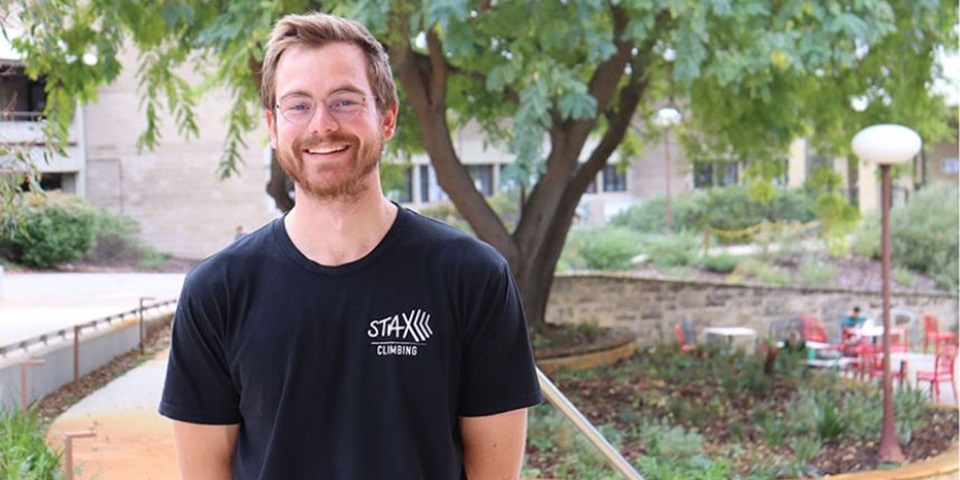News
Seaweed might not be the answer to reducing methane from cows

Grazing cattle produce some of the highest methane emissions in the world and researchers have been tasked with addressing the issue on a global scale.
One of the solutions proposed is adding macroalgae (seaweed), such as Asparagopsis, to cattle feed in order to reduce the amount of methane cows produce when they digest it.
This solution has been heavily funded around the world and is touted as a feasible solution to the problem.
While trials have shown that Asparagopsis can reduce up to 98 per cent of methane emissions from cattle, a Murdoch University research review indicates that it poses potentially serious threats to cows in its current state.
PhD candidate Ben Camer-Pesci was first drawn to this research by his concern for the natural environment, with Asparagopsis appearing to be a promising solution.
However, once data collection began, Mr Camer-Pesci discovered some concerning statistics.
Upon reading further into the trials that had taken place, it became clear that the proposed technology was nowhere near a stage where it could be safely implemented,” he said.
"The motivation for this paper was driven by an urge to paint a clear picture of the current scientific standings of the technology, and to share this perspective with others.”
During trials, there was evidence of ulceration, haemorrhaging and inflammation in cows’ stomachs. Cows would refuse feed with higher Asparagopsis concentrations, or selectively avoid the Asparagopsis.
In addition to this, milk production decreased and the milk that was being produced had higher levels of the chemical bromoform.
Levels of bromoform remained under the maximum human intake with minimal exposure, and there was no evidence to suggest that the use of Asparagopsis could lead to concentrated human exposure.
However, the review states that potential concentrated human exposure during processing of Asparagopsis biomass must be taken into consideration moving forward.
High, concentrated exposure to bromoform could lead to the slowing down of brain function and injury to the liver and kidney to both animals and humans.
Mr Camer-Pesci said that while Asparagopsis showed promise in reducing methane emissions, there had to be serious research and consideration before additional efforts and funding.
I hope that research groups around the world will be able to work together to tackle the problems highlighted by the paper to clearly conclude whether or not this technology is worth further investment.”
Mr Camer-Pesci collaborated with researchers from the Algae R&D Centre throughout this project, including Professor Navid Moheimani, Associate Professor Mike van Keulen, Dr Damian Laird and Dr Ashiwin Vadiveloo.